Off the beaten track there are villages on the River Danube that are a magnet for people in search of solitude and adventure close to nature. They can opt for villages like Srebarna, Gigen, Vetren, Novo Selo on the banks of the river, where life is slower and where they can choose to fish, take a boat ride along the Danube or go to see old fortresses.
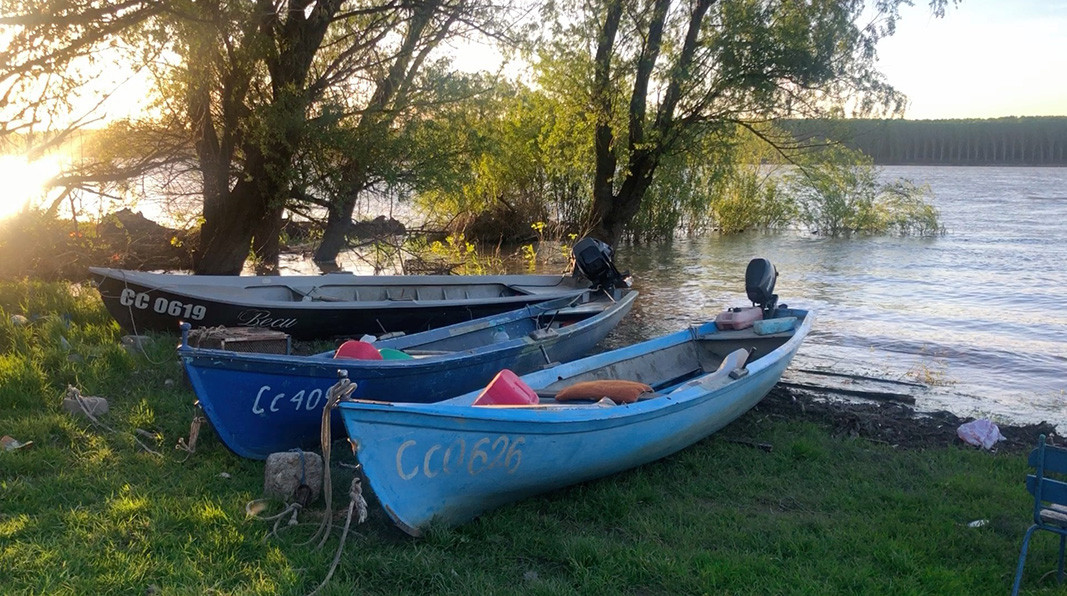
The trend is to renovate old village houses so that they meet modern tourist standards without losing any of their authenticity. In Srebarna village, for example, there is a hotel that resembles a genuine ethnographic museum from the region of Dobrudzha. Its owner, Voleta Zhekova says she has been collecting discarded furniture, rugs and other items from rundown houses in the region abandoned by their owners long ago. She then restores them and uses them to furnish the guest house.
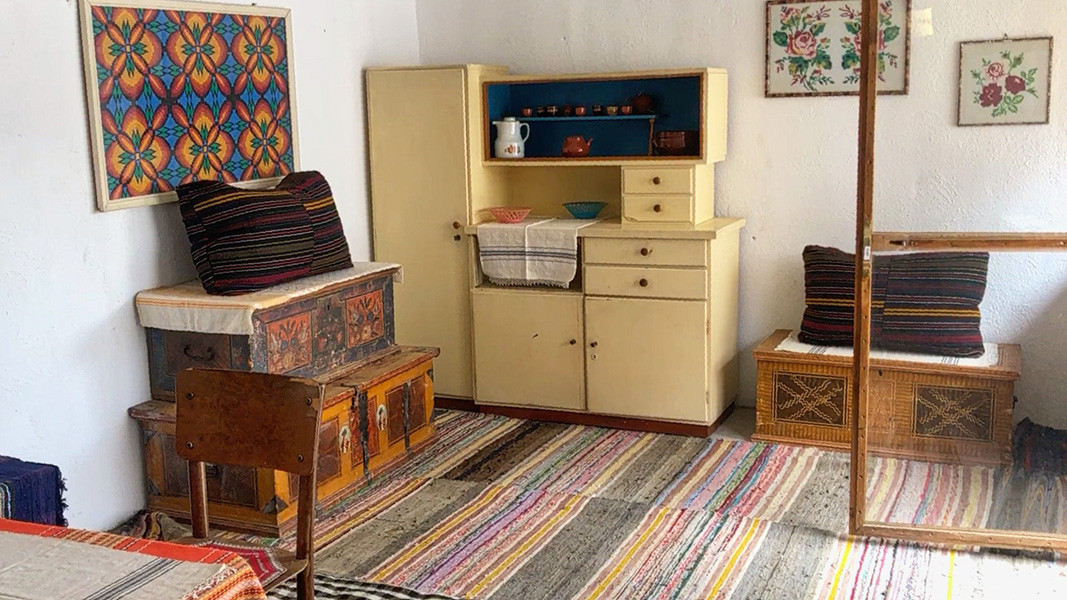
“From such houses I take discarded crockery, beds, chests… Here you can see the first radio Druzhba, in the next room – the first TV set Opera. I have collected photographs which I put up on the walls - because they are of the people who once lived in these houses and I would like their spirit to be there, with their possessions. And I am always pleased when the guests say they can feel I have done it all with love. I try to take care of my garden because what I want when people come to the village is for them to hear the cock crow and the chickens in the yard, or the titmouse – actually it is their mating season right now. I want them to enjoying seeing the storks and pelicans fly by, and at night to go to sleep to the sound of the crickets. There are lots of things to do around here. Next to the village is Srebarna Reserve, home to a large colony of Dalmatian pelicans. Within a radius of 40-50 kms. there are different landmarks which tourists can go and see in the space of three days,” Violeta Zhekova says.
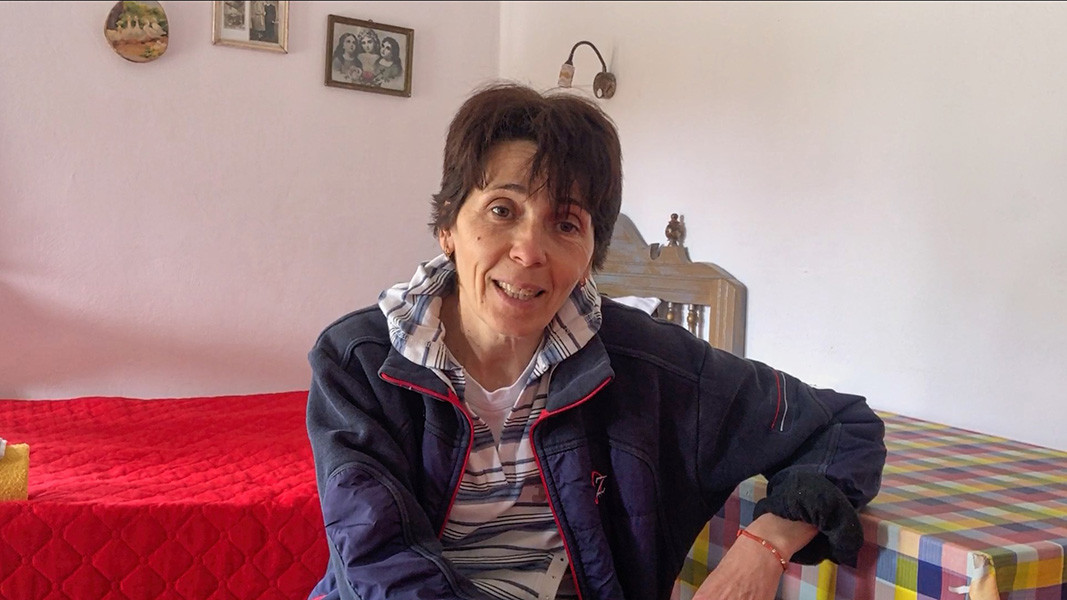
Because of the wetlands and the incredible diversity of birdlife, in the Danubian villages ornithologists and photographers coming from other countries often go to the villages along the Danube. The popular Dunav Ultra cycling route follows the bank of the river. Velichko Hristov who owns a traditional guest house in the village of Gigen says he has cyclists from all over Europe staying at his house.
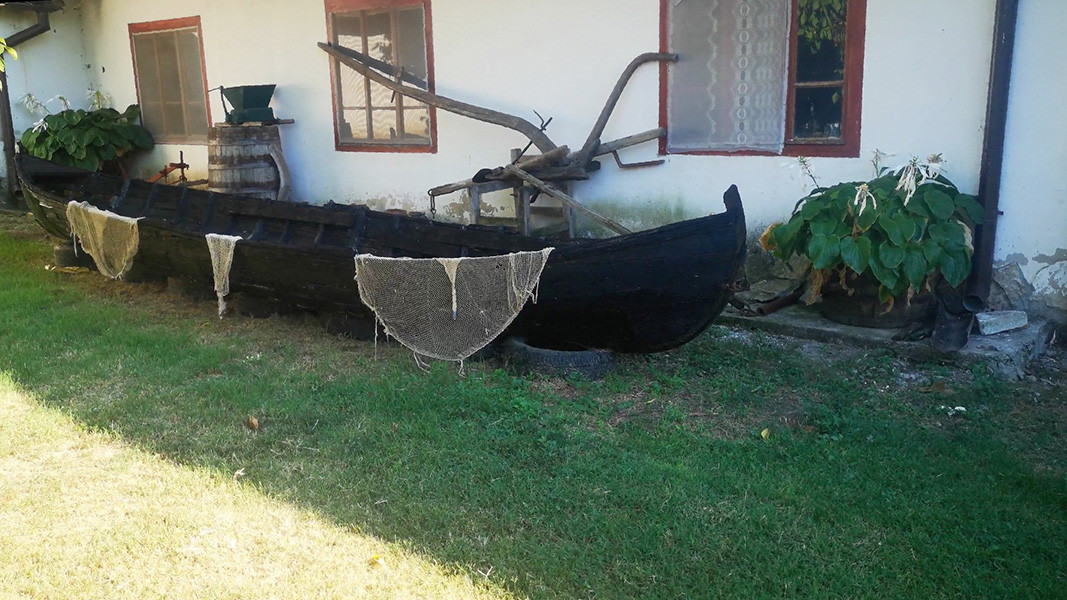
And the first thing they notice is the authentic “tutrakanka” - a typical old Danube boat which Velichko keeps in his garden. He says he is always ready to show the ethnographic collection he keeps in an adjacent building.
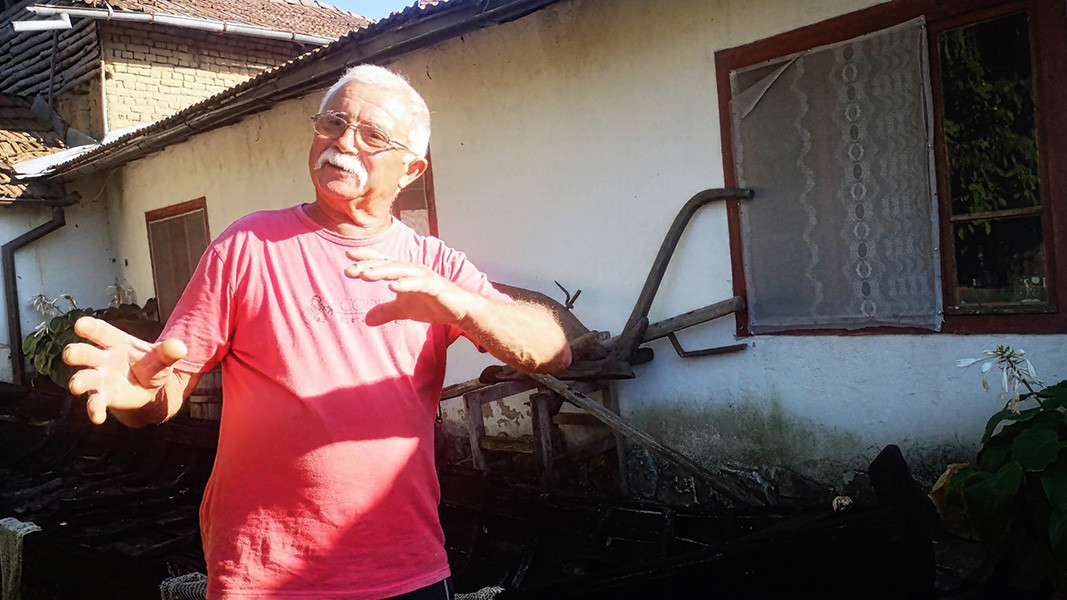
“Through the years I have not discarded anything that is old-time,” Velichko Hristov says. “This is a mat made out of maize leaves, it was made using a loom like this one here. Here is the distaff with the spindle. In Gigen there used to be a workshop for items made out of bulrush – like this bag. The bulrush would be picked from the banks of the Danube. And these are traditional costumes, they are for women, from these parts. This here is called vulnik (from vulna – wool – editorial note). It was worn over the shirt, then then the skirt and on top a decorated apron like this.”
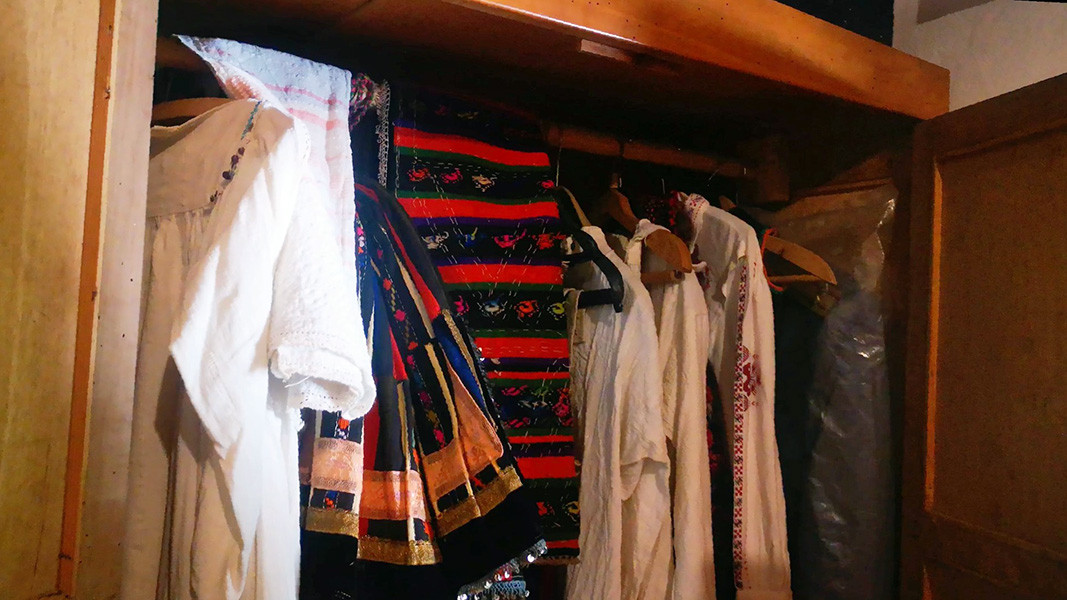
Velichko’s house is furnished entirely with old-time furniture and smells of wood, his wife offers us delicious Danubian dishes. Not far from Gigen the ruins of an emblematic Roman city lie scattered – Ulpia Oescus. There is a magnificent natural phenomenon nearby as well – the estuary of the River Iskar where it flows into the Danube.
Translated and posted by Milena Daynova
Photos: Veneta Nikolova
A spectacular “amusement park” is open to divers 18 metres below the surface of the sea close to St. Anastasia island – an Orthodox chapel rises and opposite the church – a Soviet Chaika car with a chrome grill is parked. Right next to it there is a..
If you think that Northeast Bulgaria is only fertile granaries and plains, it’s time to take a look at the vineyards that stretch across thousands of acres in the region. Here, wine is part of people’s everyday life and culture. The data is impressive –..
Burgas is being promoted as an accessible and appealing destination for Turkish tourists, marking a new step in efforts to attract more visitors from Bulgaria’s southern neighbor to the coastal city and its surroundings, the municipal administration..
Bulgaria’s participation in this year’s World Travel Market (WTM) in London, November 4-6, is bold and ambitious. The national pavilion,..

+359 2 9336 661
